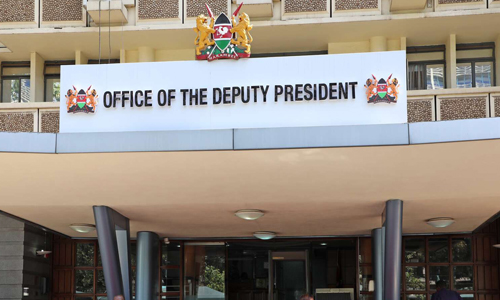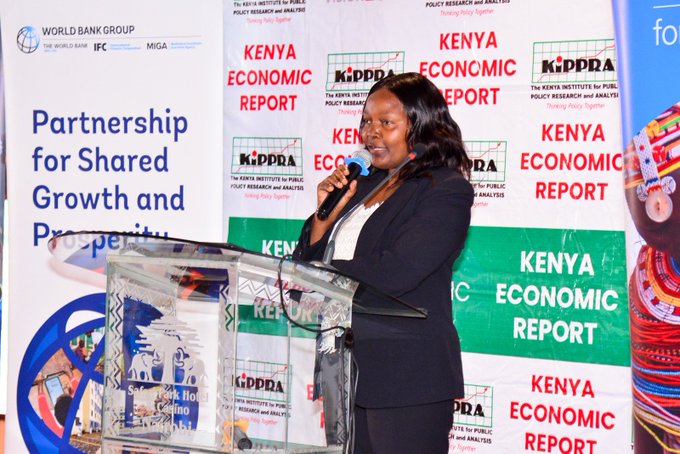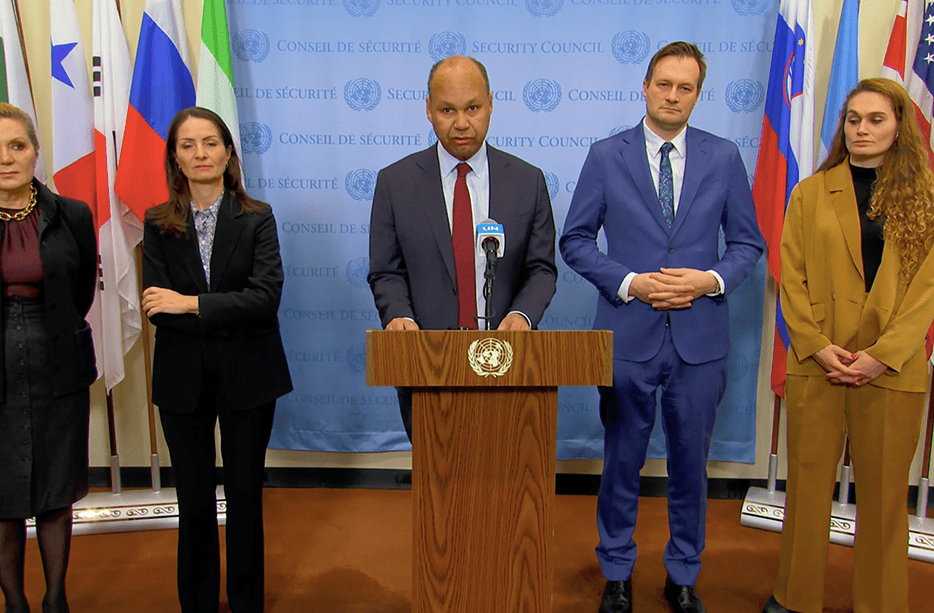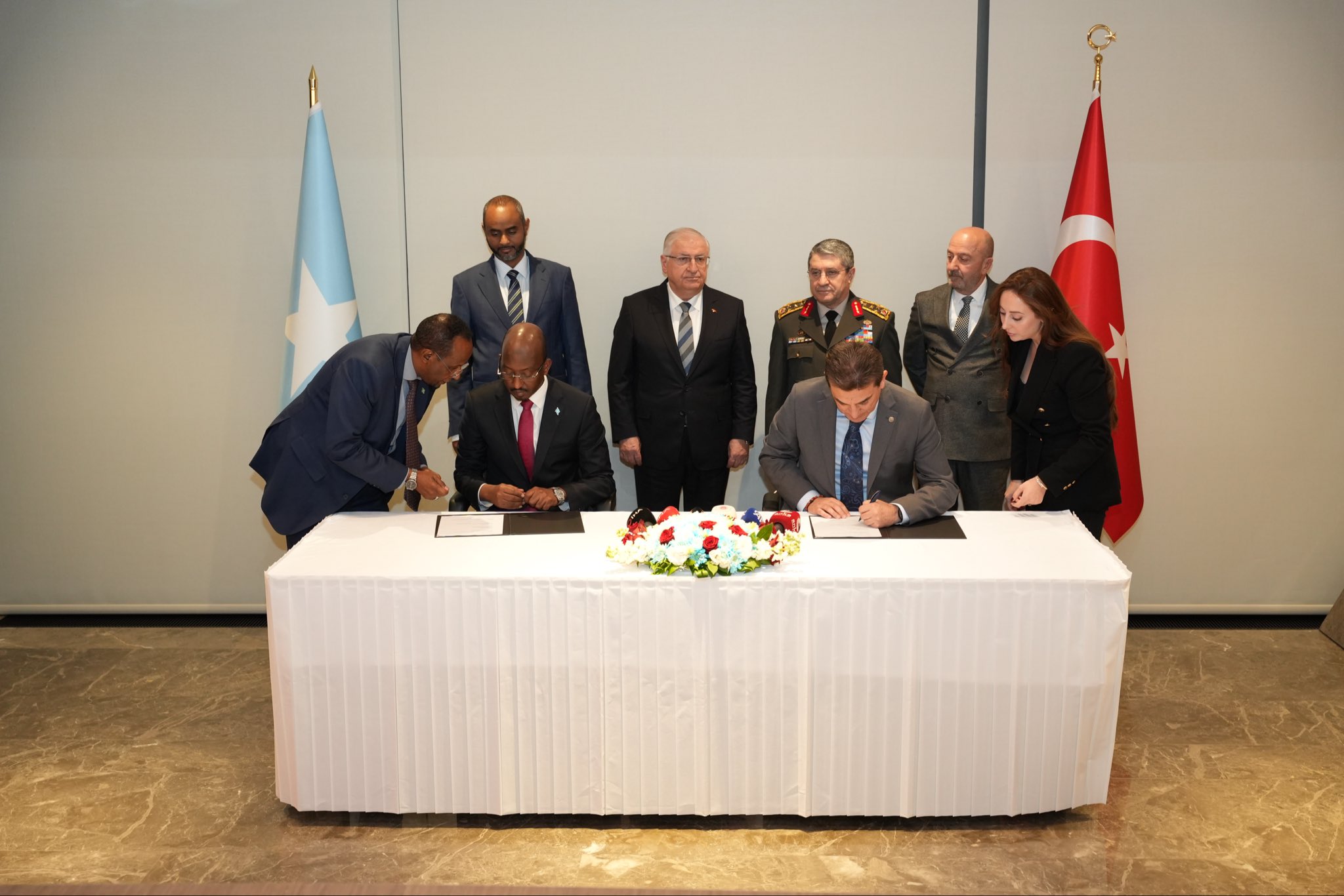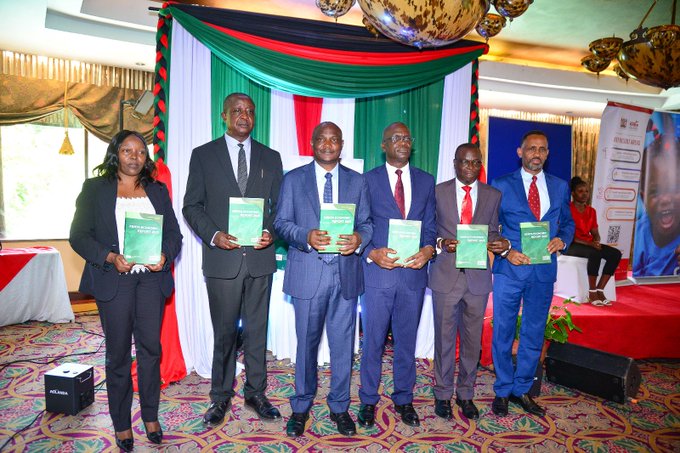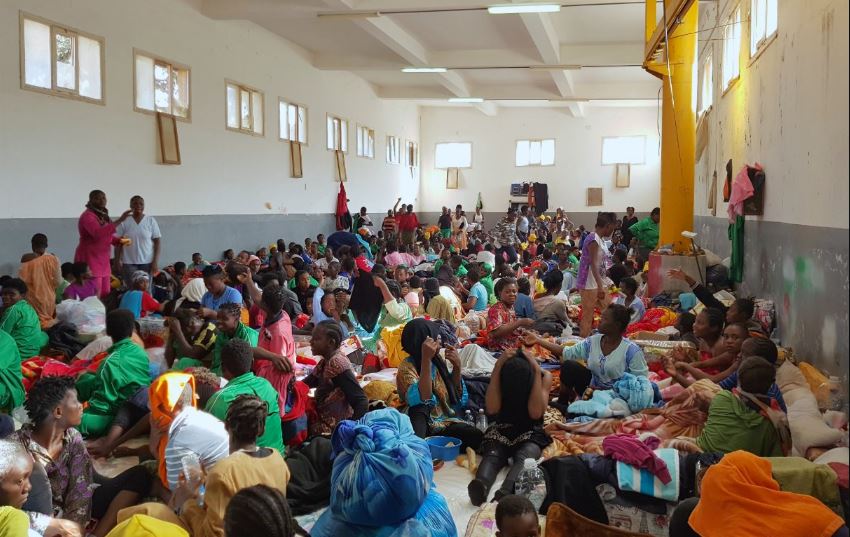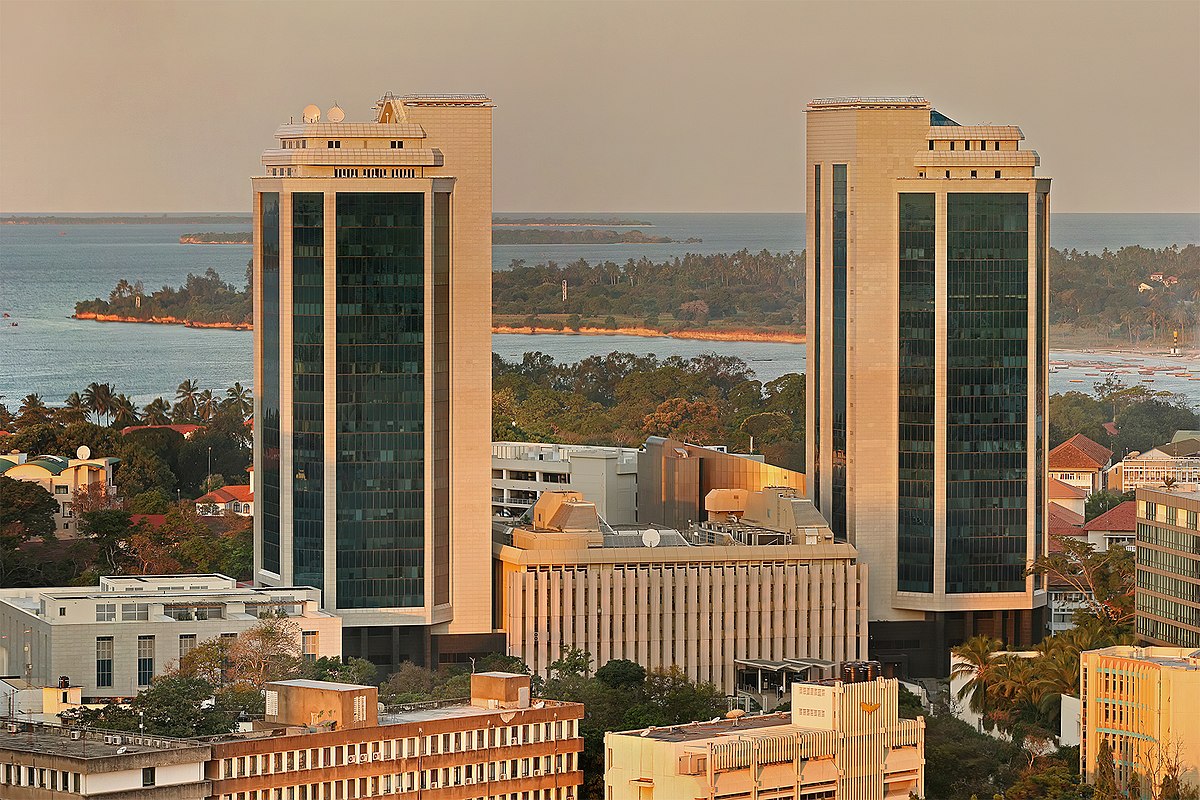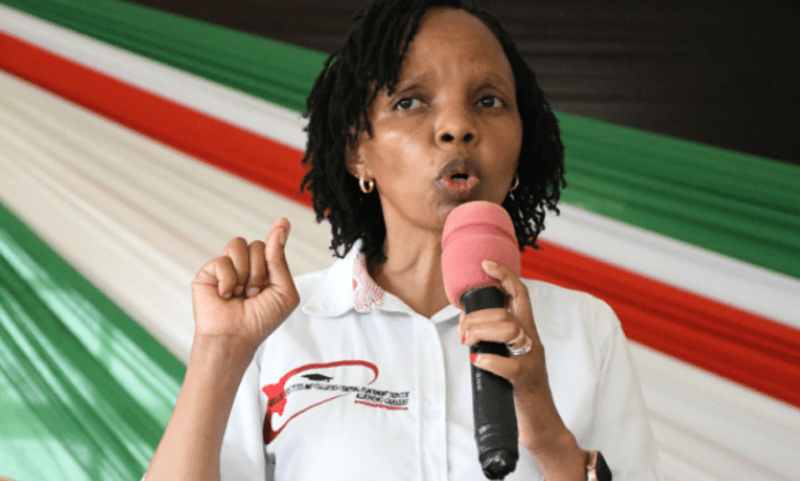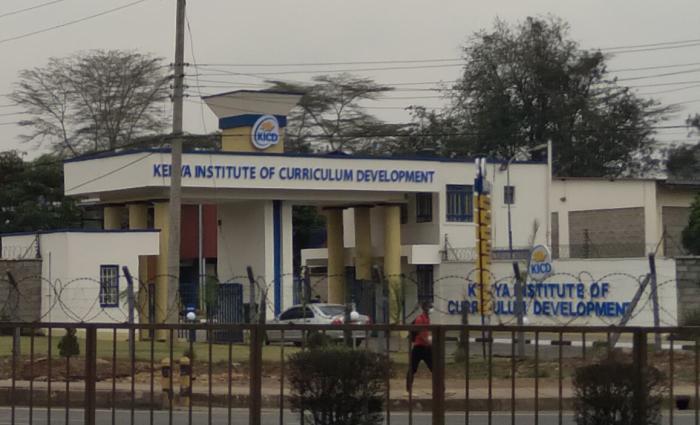Oesophageal cancer cases rise in Wajir as patients face delayed diagnosis

Concerningly, many patients endure symptoms for up to six years before receiving a diagnosis, primarily due to poor cancer awareness and limited access to healthcare services.
A new study has found that oesophageal cancer has become the most prevalent form of cancer among patients at Wajir County Referral Hospital, accounting for 44 per cent of all diagnosed cases.
The research, published in the ecancermedicalscience journal and conducted by a group of medical experts, highlights a worrying trend in northern Kenya, where oesophageal cancer is now the leading type of cancer.
More To Read
- WHO warns of fake breast cancer drug in Africa, Middle East
- Study shows women under 50 face higher risk of colon growths from ultra-processed foods
- Study reveals why colorectal cancer resists immunotherapy
- Over 100 facilities accredited by SHA to provide cancer care after protests
- Kenya wins bid to host 2027 World Cancer Leaders’ Summit
- Lancet study confirms mesothelioma risk from asbestos exposure
"The present study found that the leading cancer at Wajir hospital was oesophageal cancer at 44 per cent, followed by cervical cancer (28 per cent), breast cancer (24 per cent), and prostate cancer (four per cent). The incidence of oesophageal cancer has been steadily rising in northern Kenya," the authors reported.
Concerningly, many patients endure symptoms for up to six years before receiving a diagnosis, primarily due to poor cancer awareness and limited access to healthcare services. According to the Kenya Mortality and Cause of Death Report (2012–2021), oesophageal cancer has the lowest patient survival rate among all cancers in the country.
The national picture remains equally grim. Data from the 2022 Globocan report indicates that Kenya recorded 44,726 new cancer cases and 29,317 cancer-related deaths. Among women, breast, cervical, and oesophageal cancers are the most common, whereas prostate, oesophageal, and colorectal cancers dominate among men.
Challenges in the country’s cancer care landscape are numerous. Barriers include widespread lack of awareness, poor health-seeking behaviour, stigma associated with diagnosis, cultural taboos, and a critical shortage of oncology-trained professionals.
"Access to early detection services, such as those recommended under the World Health Organisation’s breast cancer initiative, remains particularly low, especially for the over 70 per cent of urban Kenyans living in informal settlements," the study noted.
In rural regions such as Wajir County, the situation is even more dire. There is currently only one oncologist serving the entire county, and radiotherapy services are non-existent. Chemotherapy is available at the county referral hospital, but more advanced cases must be referred to the Garissa Regional Cancer Centre, operational since 2021.
A cohort of 25 cancer patients enrolled in the study identified significant barriers to care, including financial hardship and limited treatment options.
"Most patients preferred seeking treatment at the Garissa centre, with 52 per cent opting for Nairobi in cases where Wajir County Referral Hospital could not offer adequate services," the researchers explained. Only a small fraction, around four per cent, preferred home-based care.
Patients advocated strongly for the establishment of a local cancer centre, subsidised treatment costs, widespread screening programmes, enhanced patient education, earlier referrals, and better access to health insurance.
Cancer care inequity remains a deeply entrenched issue across Kenya. In urban areas, essential cancer services are often located within a 5-kilometre radius of each other in Nairobi, leaving rural populations vastly underserved. Disparities in care are further widened by differences in income, education, cultural perceptions, and the cost of treatment.
Experts warn that delayed cancer diagnosis and late presentation are major drivers of cancer-related mortality and morbidity across sub-Saharan Africa, with the continent losing nearly 2,000 lives daily to the disease.
"Without equitable prioritisation and strategic attention from policymakers, cancer will continue to exact a devastating toll," the study authors stressed.
Financial toxicity, globally recognised as a major barrier to accessing cancer treatment, also plagues Kenyan patients. The global economic burden of cancer-related costs is estimated at a staggering Sh255.2 trillion.
The researchers called for urgent, coordinated action: "There is an immediate need for a strategic framework to guide governance at all levels to plan and implement cancer prevention and control interventions."
Top Stories Today



